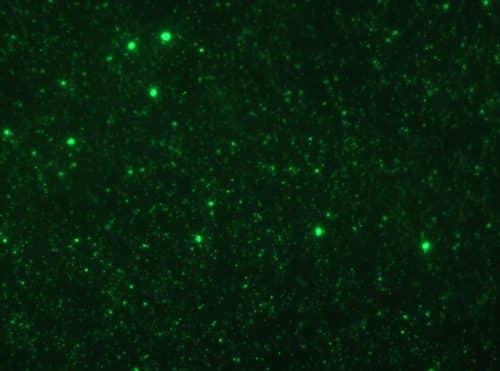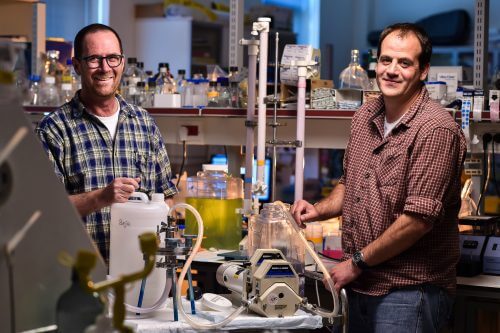Researchers at the Faculty of Biology at the Technion discovered three new groups of viruses that attack microorganisms from the group of marine archaea.

Marine microorganisms are a research challenge for scientists in the field of biology, since many of them cannot be grown in the laboratory. One of the ways to study these creatures is to collect water from the ocean and investigate the genetic material (DNA) found in them.
An article published in the journal Current biology Presents new findings obtained in this way regarding viruses that attack microorganisms from one of the groups of marine archaea (Euryarchaeota). This group is most common in the oceans and is capable of producing energy from sunlight in a mechanism different from photosynthesis, but so far not much knowledge has been accumulated about it.
The research that is now being published was conducted by Dr. Alon Filosof under the guidance of Prof. Oded Beja from the Faculty of Biology at the Technion. For the purpose of the study, tens of liters of samples were collected from the upper water layer in the Gulf of Eilat and DNA segments were sequenced from it. In collaboration with research student Jose Flores and colleagues of the Technion researchers - Prof. Eugene Kunin and Dr. Natalia Yotin from the American Institute of Health (NIH) and Dr. Itai Sharon from Tel Hai College - the researchers deduced from the DNA segments the identity of the microorganisms living in these waters . This is through metagenomics - a bioinformatic approach that combines algorithms from computer science with biological knowledge.

The researchers assembled the DNA segments computationally, similar to building a puzzle from millions of pieces without a guiding image, and thus recreated viruses that attack the same marine archaea. This complex reconstruction was made possible thanks to the use of the "Atlas" computing system, which is also used to analyze results from the CERN particle accelerator in Switzerland.
According to Alon Filosof, 26 viruses that were previously unknown to science were discovered in the study. "Based on the similarity between segments of the genetic load of the viruses and those of the marine archaea, we began detective work and concluded that these viruses attack the same microorganisms. This, as mentioned, without being able to grow either the viruses or the archaea in the laboratory." The results of the study shed light for the first time on the interrelationships between key groups in the marine ecosystem.
The research was funded by the European Union (ERC grant), the Lowry Lockey Center at the Technion and the Russell Berry Institute for Nanotechnology at the Technion.
For the full article click here
